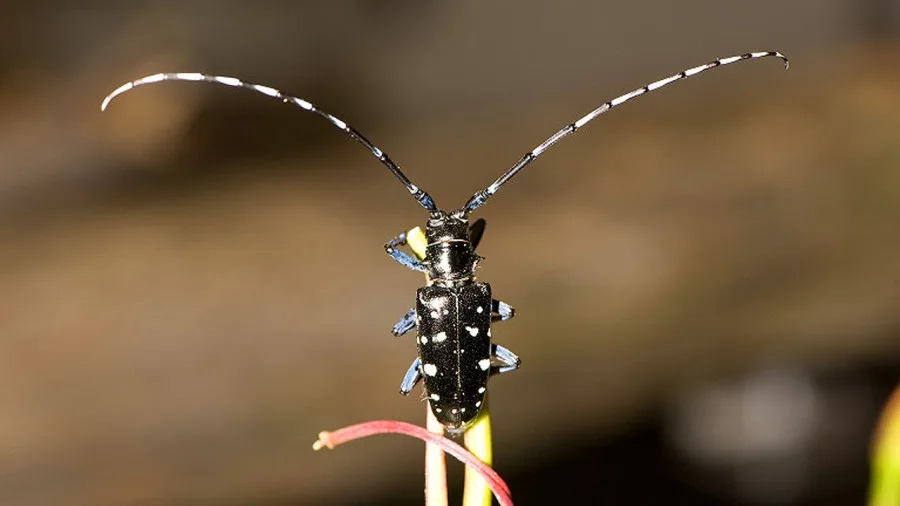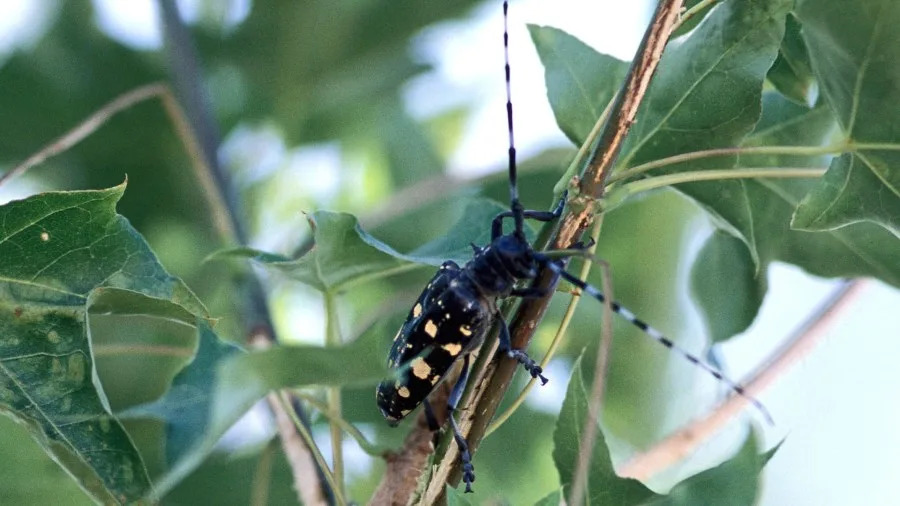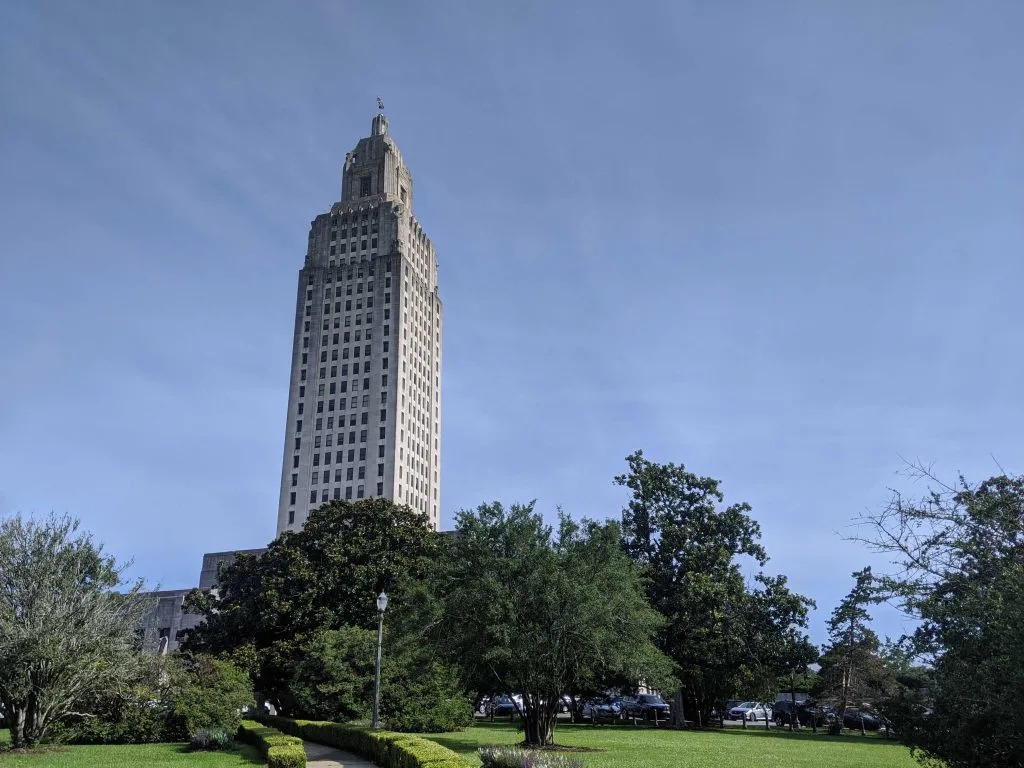
GRAND RAPIDS, Mich. (WOOD) — State and federal agriculture specialists are encouraging people to take some time this month and check their property for the invasive Asian longhorned beetle — even though they have yet to be found here in Michigan.
The U.S. Department of Agriculture’s Animal and Plant Health Inspection Service has declared August as Tree Check Month. APHIS is putting a particular emphasis on the Asian longhorned beetle, often referred to as ALB, because it’s the time when the beetles are most active.
Volunteers help pluck invasive species from Saugatuck State Park
Right around this time of year, ALBs emerge from trees to feed on leaves and bark before mating and laying eggs.
The insects are considered invasive across North America and are known to feed on at least 12 different types of hardwood trees, including maples, elms, horse chestnuts, birches and willows. According to APHIS, there are no natural predators in North America to help keep ALBs in check.
The beetles don’t even wait to mature before they start damaging trees.
“In its larval stage, the insect feeds inside tree trunks and branches during the colder months,” the Michigan Department of Environment, Great Lakes and Energy said in a news release. “The beetle creates tunnels as it feeds, and then it chews its way out as an adult in the warmer months, creating large, round exit holes approximately three-eighths to a half-inch in size.”

EGLE says it’s important for Michigan residents to be proactive to limit the potential damage the invasive insects can do.
“Although ALB has not yet been discovered in Michigan, it is crucial to look for any potential signs of its presence,” EGLE stated. “Discovering early signs of infestation can prevent widespread damage to the state’s forest resources, urban landscapes and maple syrup production.”
Invasive spotted lanternfly spreading through Michigan
Adult Asian longhorned beetles are fairly easy to spot. They are between 1 and 1.5 inches long, with a shiny black body and white spots. They have long antennae with black and white bands.
Michigan is home to several similar-looking insects, most notably the white-spotted pine sawyer. Unlike the ALB, the white-spotted pine sawyer has a distinctive white spot at the base of its head and is more of a dull black or bronze compared to shiny black.
EGLE also listed several possible signs to look for on trees:
Round exit holes about the diameter of a pencil in tree trunks or branches
Shallow oval or round scars in bark where a beetle may have laid eggs
Material that looks like wood shavings on the ground around the tree
Dead branches falling from an otherwise healthy-looking tree
If you believe you have found an ALB or a tree with ALB damage, you can file a report with APHIS through its website.
Copyright 2025 Nexstar Media, Inc. All rights reserved. This material may not be published, broadcast, rewritten, or redistributed.
For the latest news, weather, sports, and streaming video, head to WOODTV.com.








Comments